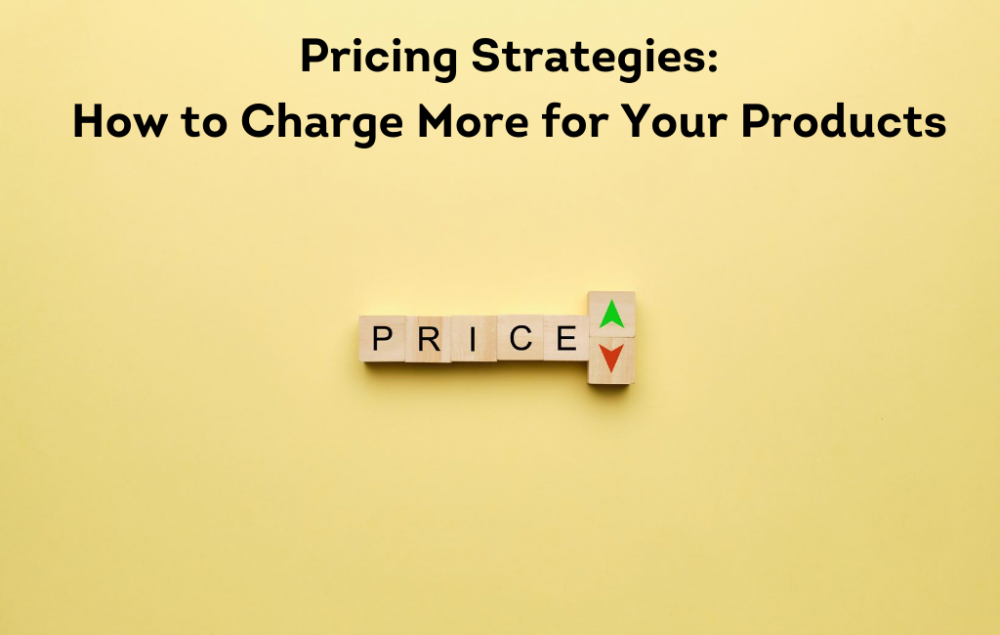Offering the lowest price in your market for your products and services is not always a good marketing strategy, unless you deliberately set out your stall to be one like low budget retailers or low cost airlines.
There are a couple of reasons why you should consider your pricing strategy very carefully.
Firstly, lowest pricing can really cut into your profits and if you continually offer lower prices for your products and services than your competitors, your increased volume of sales could actually be worthless because you’re earning less revenue.
Secondly, if another larger business than you decides to wage a pricing war and undercuts you, these companies will probably have a huge advantage when it comes to undercutting and will have worked out that they can afford to take a short-term loss if it means getting a long-term gains.
So, what do you instead? You work out a pricing strategy where you actually charge good prices or higher prices for your products and services. There are several ways you can set your prices higher and still make sales…
Perceived product and service value
This is how you set your pricing based not on actual cost, but on perceived value. This is a key pricing strategy because perceived value is what your customers expect to pay for products and services over and above because of the extra value they see in the mind. Once you can grasp this idea that perceived value is totally different from cost, this will makes pricing your products and services at a higher premium value much easier.
So, how do you use this concept of perceived value to your advantage? You do it by researching, getting feedback and really understanding exactly what your market audience perceives as valuable. In other words, you figure out what qualities and add ons of your product would mean your customers would pay higher prices. For example, you include extras in your offer which may not cost a lot to you, but would tip the balance in your prospects minds because they see them as valuable add ons to their purchase.
Emphasise product and service uniqueness
Compare your products and services to competitors in your market and figure out what’s unique about your product. How different are you? Do you help or provide value to your customers in a way your competitors’ products don’t?
This don’s always mean that your product and service has to be the best, but rather the only product that in some way is unique to meet what your buyers’ need and the results they want.
Customise and personalise your products and services
There are two areas where it’s harder for larger companies to compete. First, customisation which is when buyers are generally willing to pay more for your product and service that you’ve designed especially for them to meet their individual needs and desires. Second, you can set prices higher through personalisation which is when you find a way to emphasise how you customise your products and service becomes personal and a new opportunity with key benefits and meaning for your buyers.
Aiming higher
Perhaps you’re targeting the wrong market segment for your products and services. There is always a specific group of the population that’s willing to pay a great deal more for a high quality product and service. These people may be more particular, detailed and demanding, but i f you can figure out how to sell to this segment, then you’ll be able to set your prices high because they’ll want high-quality and personal service. Identify who this higher-paying market, where they are, and do your research to see what companies they’re currently buying from, what they actually paying for and why.
To summarise, setting prices low isn’t the only pricing strategy available in business and, in fact, it can be the worst decision you make. Instead of just going with your market and trying to outsmart your competition by lowering your prices, instead take a good look at your business and its products, do your homework, and find ways you can innovate to set higher prices to make your business more profitable in different market segments.






Your point of view caught my eye and was very interesting. Thanks. I have a question for you.